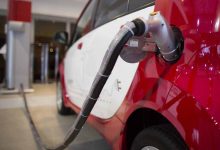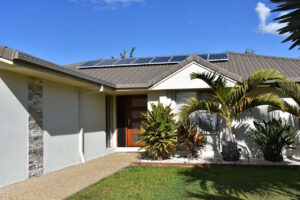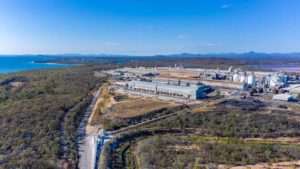Consumer perceptions and fears about the driving range of electric cars are often blamed as a major reason for ta lack of take-up, but a new report illustrates how those ideas are ill-founded.
The report from consultants LEK reveals that when comparing the battery life of popular models Nissan LEAF and Tesla Model S against the average distance travelled per day, it was clear that the driving range of these models far outweighed the average distance travelled per day.
In Australia, the average commuter travels 38km/day, the report shows.
According to these figures, the LEAF (once available in Australia) would only have to be charged about once a week. A Tesla S owner on the other hand, would only need to plug in about once every 12 days.
(As it turns out, most EV owners would charge them daily in any case, because of the convenience of charging them when parked at home).
Of course, this disparity is based on consumers using their electric cars purely for daily commutes. It also suggests that early adopters of EV technologies are mostly charging at home, and are dual car households or short-range travellers.
Drivers who regularly make long distance trips naturally have to consider access to public charging stations in their travels though, and for this reason LEK. recommend funding of public charging infrastructure at key highway points should take priority over city charging stations.
Some states in Australia are embracing the development of publicly accessible charging stations. The ACT recently announced it will install 50 EV charging stations across the city, and in Western Australia the RAC Electric Highway provides 11 stations between Perth and the south west of the state. The completed Phase 1 of the Queensland Electric Super Highway now offers 18 stations along the coast from Coolangatta to Cairns.
But for EV drivers traversing the Kimberley, the three new charging stations installed along the 900km stretch between Kununurra and Derby may mean reliance on voluntary networks such as the Round Australia Electric Highway to fill the gaps.
While charging times for EV drivers on long distance trips may still not be desirable, one thing is clear – range anxiety for those commuting on short distance trips or in the city may no longer be a valid concern.








